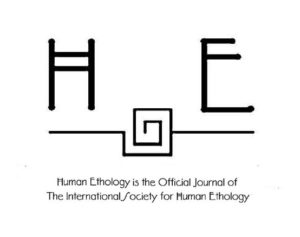Commentary
Human Ethology, Volume 35, 49-52, published June 23, 2020
DOI: https://doi.org/10.22330/he/35/049-052
ABSTRACT
The New York Times recently published an exposé, revealing that two versions of the same US History textbook differ in different parts of the country. In a California classroom, the book explains that the Second Amendment, articulating “the right of the people to keep and bear Arms”, allows for some regulation of gun sales. The same textbook found in a Texas classroom has a blank space where that annotation would appear. Both versions describe the literature that African American authors produced during the Harlem Renaissance, but only students in Texas read that some critics “dismissed the quality of the literature.” The Texas textbook celebrates entrepreneurs and the industries they created, but only the California textbook adds a description of “The pollution they belched into the atmosphere” (Goldstein, 2020). Why does the academic record differ across geographic regions? In order to maximize sales. One version of the story is more palatable in California, while another version will sell in Texas. This phenomenon is not unique to the United States, nor to any specific academic area: A recent analysis of English as a Foreign Language textbooks written for Turks and Persians concluded that coverage of gender, poverty, slavery and racism varied dramatically depending on the intended audience. The authors characterized such topics as “too risky” (Ulum, Köksal, 2019).
ISSN: 2224-4476

